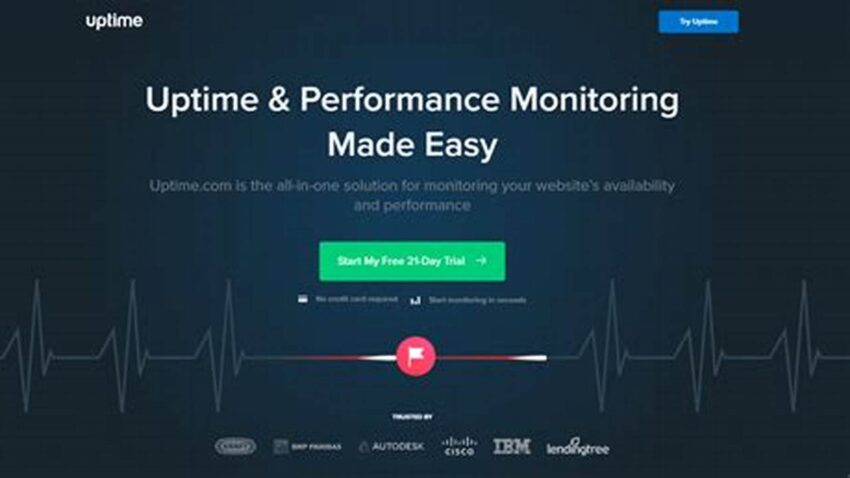Ensuring a consistently accessible online presence is paramount for any website, especially those hosted on Linux servers. A highly available website translates to improved user experience, better search engine rankings, and increased revenue generation. This document explores the critical aspects of achieving and maintaining high availability for websites operating on a Linux platform.
Server Hardware
Reliable and robust hardware forms the foundation of a stable website. Investing in quality servers and components minimizes hardware-related downtime.
Operating System Updates
Regularly updating the Linux operating system patches security vulnerabilities and enhances performance, contributing to overall system stability.
Software Optimization
Fine-tuning web server software, database configurations, and other applications maximizes resource utilization and responsiveness.
Monitoring
Implementing comprehensive monitoring tools provides real-time insights into server health, enabling proactive identification and resolution of potential issues.
Security Hardening
Protecting the server against unauthorized access and malicious attacks is crucial for preventing security breaches that can lead to downtime.
Load Balancing
Distributing traffic across multiple servers ensures no single point of failure and maintains website accessibility during peak loads.
Redundancy
Establishing redundant systems, including backup servers and power supplies, provides failover capabilities in case of hardware or network failures.
Disaster Recovery Planning
A well-defined disaster recovery plan outlines procedures for restoring website functionality swiftly in the event of unforeseen disasters.
Performance Testing
Regular performance testing simulates high-traffic scenarios to identify potential bottlenecks and optimize resource allocation.
Tips for Enhanced Availability
Use a Content Delivery Network (CDN): CDNs cache website content closer to users, reducing server load and improving page load times.
Implement Caching Mechanisms: Caching frequently accessed data reduces database queries and server processing, enhancing performance and responsiveness.
Optimize Database Queries: Efficient database queries minimize database load and improve overall website speed.
Regular Backups: Frequent backups ensure data integrity and enable rapid restoration in case of data loss or corruption.
Frequently Asked Questions
What are the common causes of website downtime?
Common causes include hardware failures, software bugs, security breaches, network outages, and traffic spikes.
How can I monitor my website’s uptime?
Various monitoring tools and services are available that track website availability and alert administrators to downtime incidents.
What is the role of a load balancer in maximizing uptime?
Load balancers distribute traffic across multiple servers, preventing overload on any single server and ensuring continuous website availability.
Why is disaster recovery planning important?
A disaster recovery plan outlines procedures for restoring website functionality quickly after unforeseen events, minimizing downtime and data loss.
How can I improve my website’s security?
Implementing strong passwords, regularly updating software, and using firewalls are essential steps in enhancing website security.
What are some best practices for optimizing website performance?
Optimizing images, minimizing HTTP requests, and leveraging browser caching are effective ways to improve website performance.
Achieving high website availability requires a multifaceted approach encompassing robust hardware, optimized software, proactive monitoring, and a comprehensive disaster recovery plan. By implementing the strategies outlined in this document, website administrators can significantly reduce downtime and ensure a consistently accessible online presence.

